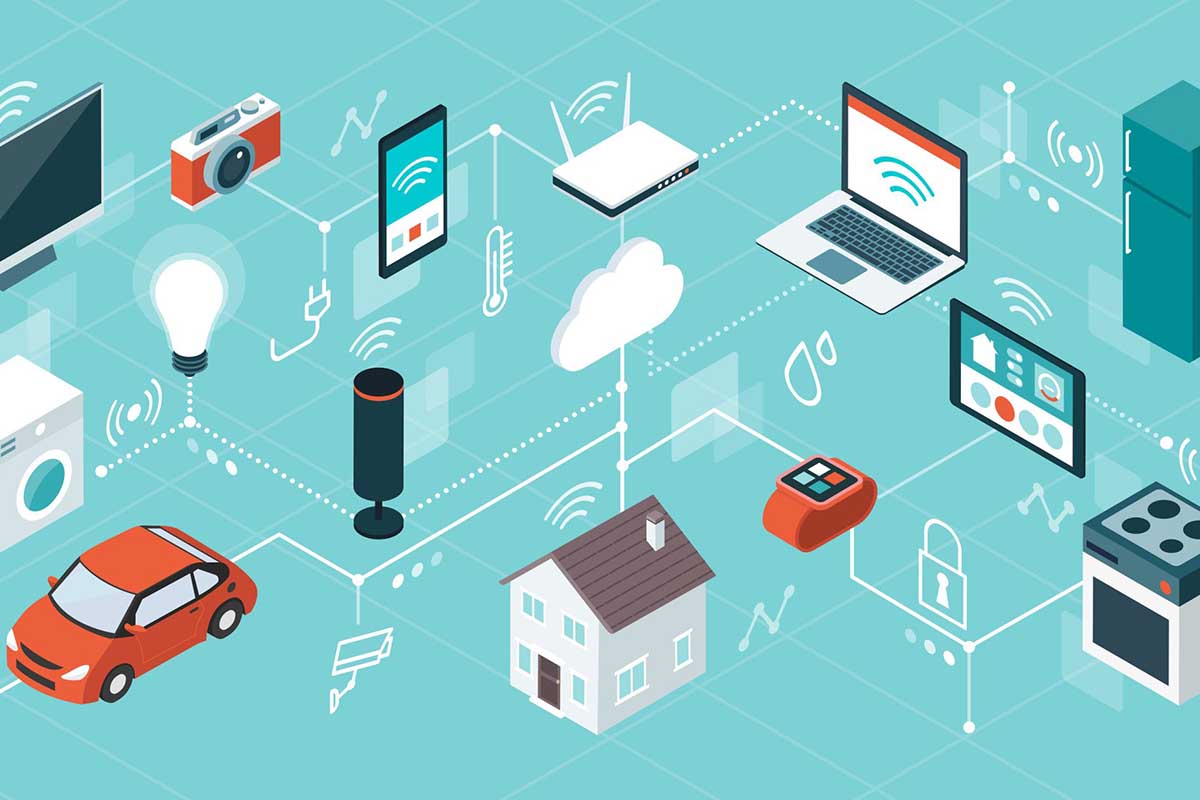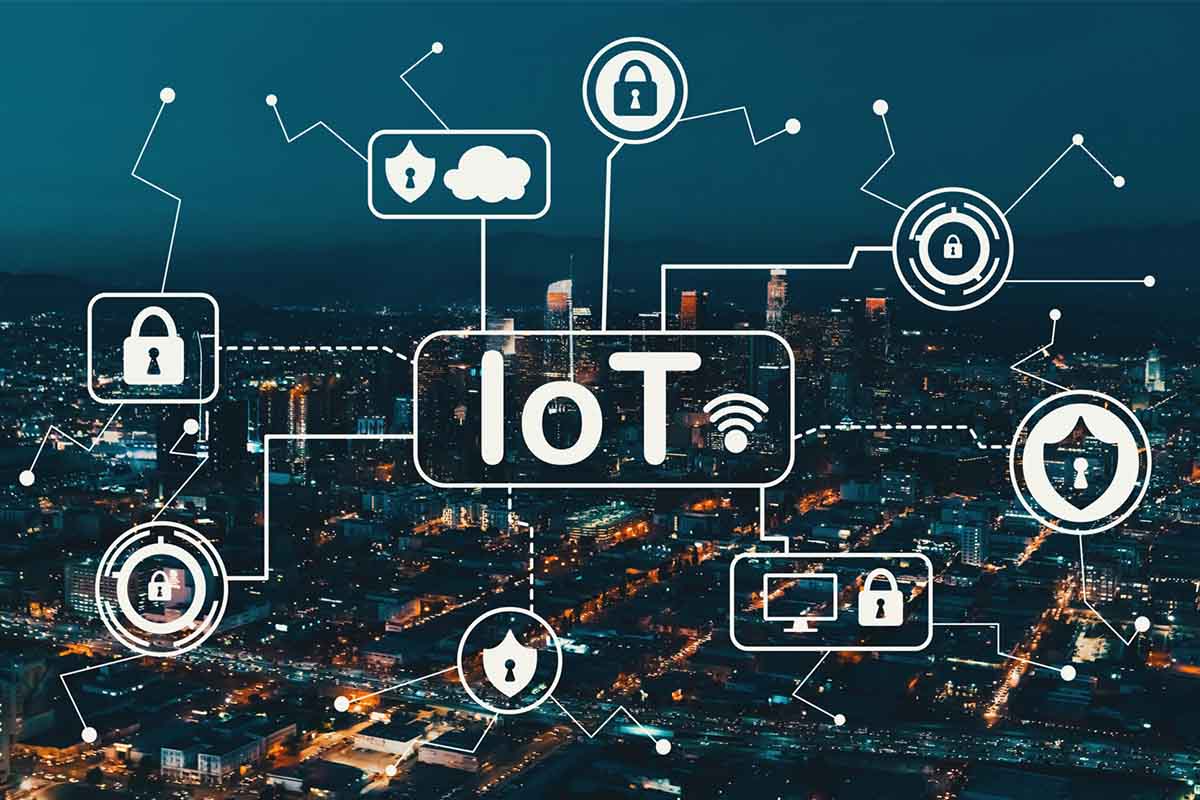With the promotion and development of digital currencies, more and more enterprises and financial institutions are paying close attention to Bitcoin. However, the emergence of new things is accompanied by difficulties and setbacks. Mining machine cooling and resource waste have always been challenges faced by Bitcoin mining.
The environmental cost of generating Bitcoin puts the digital asset on par with some of the world’s least environmentally friendly industries, according to a new study published in Scientific Reports.
According to the researchers’ estimates, the climate-related damage for every bitcoin produced (the asset is “mined” through an energy-intensive computer process) in 2021 is more than $11,300, based on the economic cost of carbon dioxide emissions estimated numbers.
The researchers estimated that the average climate damage per bitcoin mined was 35% of its market value between 2016 and 2021, rising to nearly 60% between 2020 and 2021.
So, how to solve these problems? And how to achieve the sustainability of Bitcoin mining?
NEW SOLUTIONS FROM NEW TECHNOLOGY
SAI.TECH is a Nasdaq-listed (SAI) company headquartered in Singapore. SAI is dedicated to providing a zero-carbon energy system (SAINUC) based on Small Modular Reactor, providing clean computing services based on liquid cooling and chip waste heat utilization technology (SAIHEAT), and providing cloud computing services based on blockchain and AI technology (SAIBIT).
SAI is a clean computing company that is always investigating innovative ways to deal with the global demand for computing power. The popularity of Bitcoin mining rigs has also tripled the electricity demand for Bitcoin mining — one for the rig and another for cooling the rig.
With its cutting-edge cooling technologies, SAI has created computing infrastructures that support these rigs with superior methods, such as immersion-cooling and rack-mounted water-cooling systems. The Tankbox, for example, prevents system overheating and temperature fluctuations by running on immersion cooling tanks that are able to convert air-cooled servers into liquid-cooled modes, while reducing hardware events such as fan failure, noise, dust and corrosion typical of the fan-cooling process. The enclosed unit not only stabilizes the rigs but the Tankbox itself, giving businesses more reliability in the long run. A waste heat recovery system is in place for when these can be routed to other beneficial activities (as discussed later). By taking a more holistic view of the energy source, computing systems and Web 3.0 itself, SAI will drive sustainability and maximize the value of information for the future.
MAKING BITCOIN MINING SUSTAINABLE
Other than using renewable energy sources, there have been moves to make mining chips more energy efficient. Otherwise, to many, a “green Bitcoin infrastructure network” is a false proposition. But examining this area is important because Business Insider reveals that although 90% of Bitcoin has been mined, the last won’t be completed until 2140.
Emerging companies, such as SAI, are facilitating these sustainable goals, proving that integrating Bitcoin mining into existing energy models can be accomplished with the right innovation in tech and thinking. This is clean tech for the next evolution of Bitcoin mining.
A BETTER BOILER FOR THE HEATING INDUSTRY
If we’ve seen pictures of Bitcoin mining rigs, we often see large fans accompanying those setups. These giant direct air-cooling systems are to dissipate the immense heat that comes from the specialized microchips or application-specific integrated circuits (ASICs) and cool them down to run more efficiently.
Chip heating has become a viable source of energy – so much so that North Vancouver, Canada, is working with local utility companies to heat its homes. We can transform heat waste into a renewable energy source by reusing the natural heat source from the process.
Canadian technology company MintGreen and Lonsdale Energy Corporation (LEC) have reached an agreement on terms. Each of MintGreen’s servers can generate 0.47 megawatts per hour, enough to heat 350,000 square feet of space for a day, said MintGreen CEO Colin Sullivan.
“Our Bitcoin mining servers sit in a container filled with a non-conductive coolant. Pumps move the coolant to the servers, which in turn are connected to mechanical devices called heat exchangers that pass directly to the LEC’s district energy system heat.”
SAI achieves a 90% recycling rate of this with its SAIHEAT solution and directs the heat energy to suitable applications. This produces a better boiler system that could for district use as a large-scale heating supplier, or for heating users themselves, such as shopping malls, agricultural greenhouses, airports, or factories.
Their patented collector uses proprietary liquid cooling technology to collect the waste heat through heated liquid and transfer the boiled liquid to other applications. The recovered waste heat is then used in the scenarios above but not limited to them.
So, what will it bring us in the end? First, the module reduces the cost of installing a traditional fan-cooler system as well as the energy costs of running the setup, approximately 50% of construction costs and overall carbon emissions. Secondly, it also recovers part of the electricity as heat, and people can cooperate with the local heating industry to save more money. In the end, this will ease fossil fuel use in some cases, adding brownie points to the environment.
A BETTER BATTERY FOR RENEWABLE POWER SITES
With careful planning, Bitcoin mining rigs can actually become self-regulating devices, helping to alleviate excess power and reduce energy waste.
With the establishment of renewable energy infrastructure, some infrastructure will be placed in remote areas to obtain renewable energy. With the laying of the grid, Bitcoin mining equipment can balance the excess and become a profitable module. In some cases, such as solar energy, we can convert it into heat or electricity. The profits generated by these modules can further promote the development of the main project.
SAI has channeled their expertise in efficient mining rigs into designing a compact and mobile plug-and-play model – TANKBOX/RACKBOX – that acts as an on-demand boiler, transforming this excess energy into digital assets. Through it, energy investors can gain additional monetization sources and balance the dynamics of short-term electricity supply and consumer demand.
A BETTER BLOCK FOR CHIP MANUFACTURERS
In the spirit of blockchain’s vision to provide equity and build community, collaborations can be a powerful driver to build better sustainable systems by tapping into each other’s specialization.
For SAI, this will be a proprietary innovation of their devised state-of-the-art liquid cooling and waste heat recovery system. By sharing the expertise behind this formula with chip manufacturers, SAI will provide more energy efficiency and higher profits for traditional mining chips. With the advancement of embedded technology, the bottleneck of traditional mining chips will also be broken, thus ushering in the era of green chip production.
Conclusion
By revisiting Bitcoin mining and its role in the energy system, we can see the possibility of sustainable development. By collaborating with heating industry players, renewable energy investors, blockchain system developers and advanced chip manufacturers, companies such as SAI will work to build a sustainable infrastructure network for the Bitcoin value chain, enabling investment benefits to investors, consumers and the environment.
Be a part of the clean tech future with SAI, and inquire about SAIHEAT and its solutions to see how it can help your business achieve sustainable goals.




